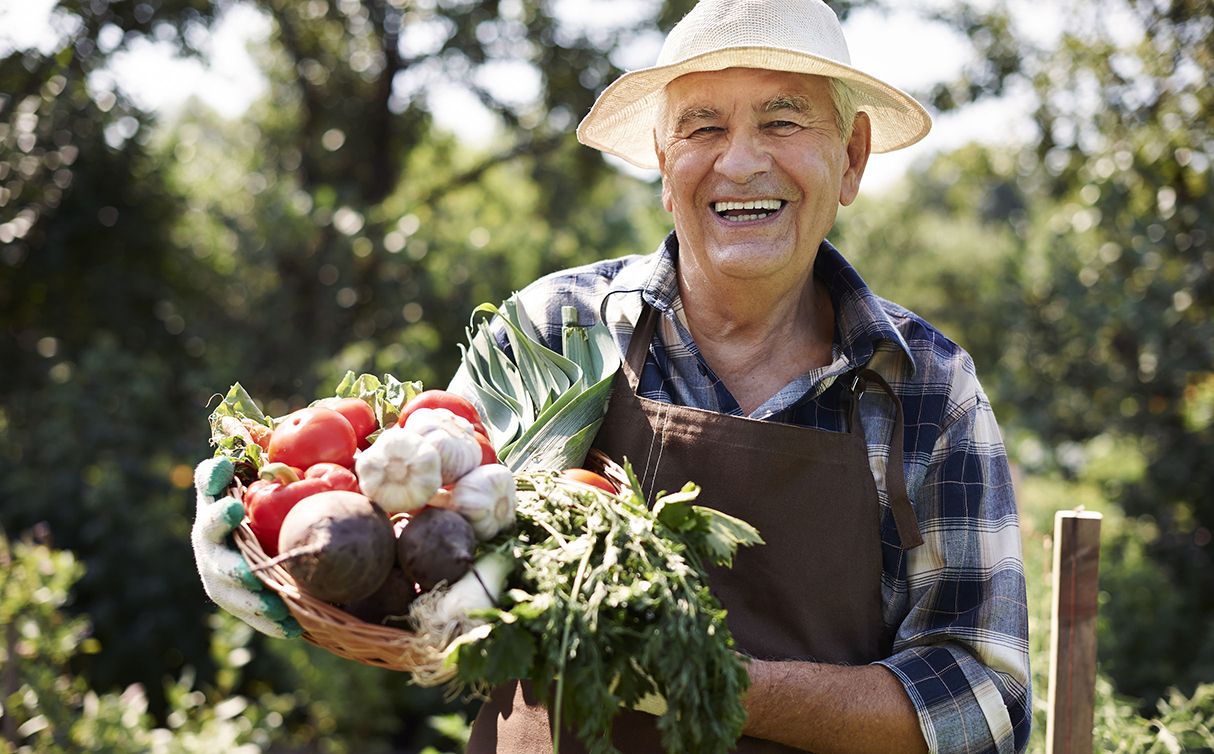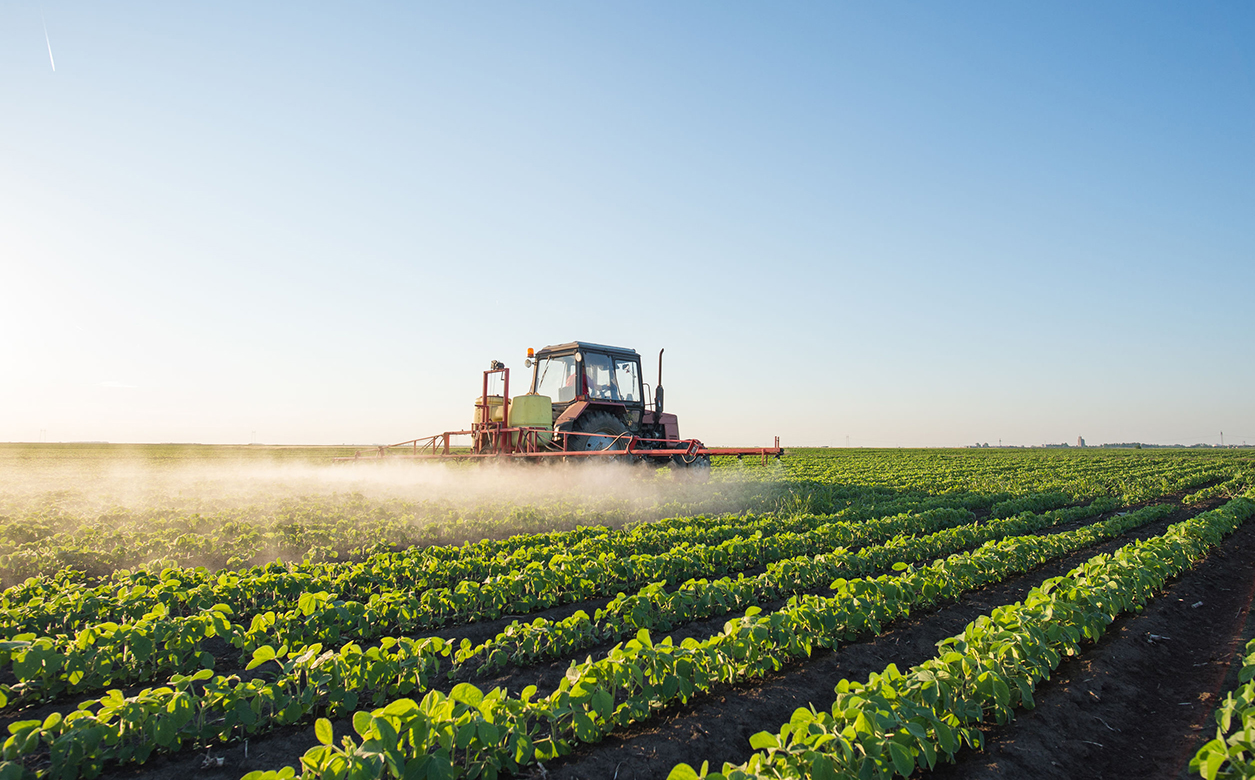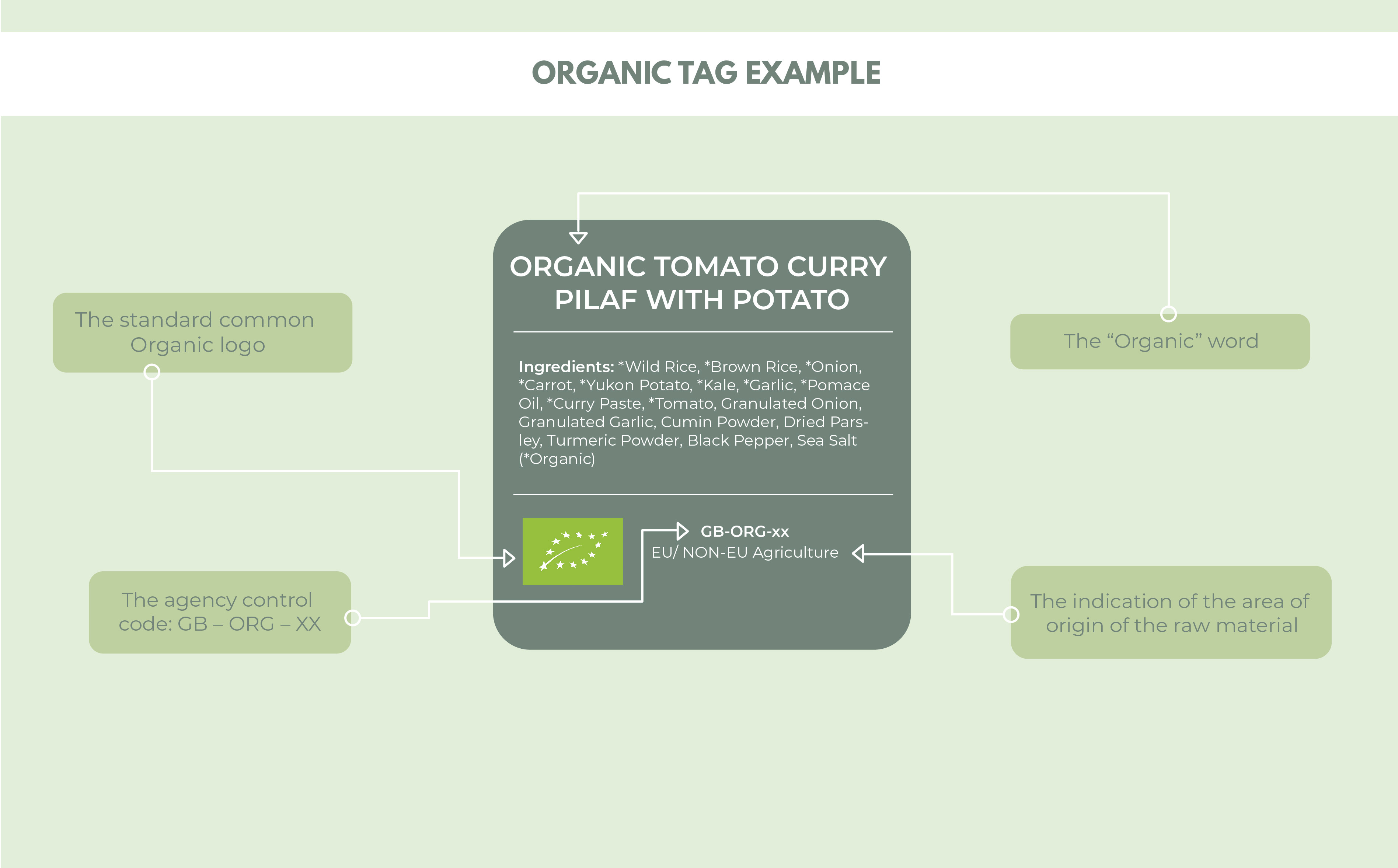
Organic products are very popular. Not only on the shelves of supermarkets, but also in discount stores. More and more people are choosing those products over the standards, not only in the UK, but throughout Europe.
According to the data presented at the last edition of Biofach, the main trade fair held in Nuremberg, retail sales of organic products in Europe exceeded 33 billion pounds, an increase of 10.5% compared to 2016.
Just another trend or awareness? Do we really know how organic products differ from conventional products? And above all: how to ensure that a product is truly organic?
European regulations protects the customers
From January 1st 2021, organic production and labelling of organic goods will be regulated at European levels by the new EU Regulation 2018/848 (1), which repeals the current Regulation (EC No 834/2007).
Its content can be divided in two parts. The first one covers all stages of production, preparation and distribution of organic products and their check-up, while the second one regards the use of indications relating to organic production in labelling and advertising.
What is important to note is that it not only regulates all stages of organic production and forms the basis for its sustainable development, but it also ensures that the consumer and his interests are protected. In order to be able to position oneself in this rapidly growing market, it is essential to ensure that the "organic" label of a product does not consist in a fraud, but the result of a controlled and authorised process.
Let’s start with the beginning; organic farming:
In the Community document, organic farming is defined as follows:
"a comprehensive system of agricultural management and agri-food production based on the interaction of better environmental practices, a high level of biodiversity, the conservation of natural resources, the application of high animal welfare standards and production adapted to the preferences of certain consumers for products derived from natural substances and processes. The organic production method therefore has a dual social function: on one hand, to provide a specific market responding to consumer demand for organic products and, on the other hand, to provide public goods contributing to environmental protection, animal welfare and rural development.”
Organic production is not about maximizing profits, but about respecting all natural resources and developing an environmentally friendly model.
Some basic rules and principles:
1. Synthetic chemicals such as fertilizers, herbicides or insecticides are not allowed.
2. The use of antibiotics on animals is authorised only when there is a real need and only when the animal's state of health requires it.
3. Organic products are the only ones that, by law, cannot contain GMO ingredients or ingredients derived from GMOs.
4. The development of organic production should be encouraged, in particular by supporting the use of new techniques and substances better adapted to organic production. For this reason, appropriate traditional cultivation techniques should be implemented, such as multi-year crop rotation, organic matter recycling and cultivation techniques.
Given the confusion among consumers between organic and non-GMO products, the difference needs to be clarified.
GMOs are plants, micro-organisms or animals that have been genetically modified using genetic engineering techniques. For example, the bacterial gene that improves a plant's resistance to pesticides, insect attacks or weather, maximizing yield and profits, can be grafted. (2) The best known cases are maize and soya, the most widely grown transgenic product in the world.
A GMO-free product therefore undoubtedly certifies the absence of the use of genetic alteration techniques, but not the use of chemicals or land use. A GMO-free product does not mean that it has been grown sustainably.

Labelling and designations:
Requirement for the seller
When can the seller define an ingredient as "organic" or include it in the name of a product marketed in Europe?
Essentially only when:
1. The production of processed organic food is separated in time and space from that of non-organic food.
2. At least 95% of the ingredients of agricultural origin come from organic farming.
3. The product must contain other ingredients of agricultural origin, all of which are organic.
It should also be borne in mind that the product must be certified by competent authorities. In Europe, each Member State carries out rigorous inspections involving the synergy of the Control Authority (CA), usually public bodies, and control bodies (OdC, public or private bodies in charge of a public service). The competent authority (CA), as FederSalus points out, "must organise regular inspections (with a minimum annual frequency) of the administrative boards and has the power to withdraw the delegation of controls if, as a result of the inspection, deficiencies are identified and if the delegated subject does not take appropriate and timely corrective measures.”
In addition, the declaration of compliance with the requirements of the organic regime may only be issued by an approved body. In the case of Italy, for example, the authorisation is granted by the Ministry of Agriculture, Food, Forestry and Tourism (MiPAAFT), while accreditation is granted by a guaranteeing body (Accredia).
Knowing how to read labels: when is a product really organic?
The rules for labelling and use of the organic logo are strict. The aim is to protect consumers against any confusion with other types of denominations such as "ecological", "natural", "clean" agriculture, for which both the denomination criteria and the control framework are missing.
To understand if the product is really organic, you must check the presence of the Community logo, also known as Euro-Leaf, which has been mandatory since July 1st 2010. It must also include information about the place where the raw materials that compose the product were grown in. In the UK, they must contain the following information:

The most frequently-asked question: Why is organic farming more expensive?
The prices of organic products are on average 15 to 20% higher than those of ordinary products. The reason is simple and is due to several factors.
The most important factor is that production yields of organic crops are generally lower than those of traditional crops. Natural factors such as insect attacks or bad weather can eradicate entire crops. In addition, at regular intervals, the organic farm must set aside about one third of its cultivated area for the cultivation of plants that help the soil recover and accumulate nitrogen for future cultivation phases.
The development and production phases must also not be forgotten. Just think of the simple search for ingredients or production areas, where contamination by non-organic products is not allowed. For the producer, there are also costs for product analysis and certification.
Why do we offer an organic line?
Organic products, as we have seen extensively in this article, offer many advantages, especially for the environment. Not only do we want to contribute to the protection of the environment through vegan food and a healthy lifestyle, but we are also committed to research and selection of organic raw materials. However, this is possible when the use of organic ingredients does not lead to long journeys or other transport routes and does not have negative consequences on the environment.
Moreover, it is not always possible to use a specific organic raw material: for example, our MSM is produced synthetically. This ingredient could also be obtained from trees, but the amount included in the bark is so small that a disproportionate number of trees would have to be cut down. This would be far from sustainable. Some vitamins and minerals can also only be obtained in the laboratory.
Currently, 25 products out of a total of 100 products are organic. And as for all our products, they are tested by an independent German laboratory (AgroLab), with particular attention to microbiological analyses, heavy metal and pesticide detection.
Did you know that:
- In total, the organic market reaches 49 billion per year. The most important markets are the United States, Germany and France. Denmark, Switzerland and Austria have the highest per capita consumption.
- If you eat a regular non-organic apple, you can eat up to 30 pesticides. Even if you washed it.
- Chinese rice farmers have shown that growing several varieties of rice in the same fields can double their yields without the use of synthetic chemicals. This increase is mainly due to the reduction of pest losses, but also partly to a more efficient absorption of nutrients.
References:
- https://eur-lex.europa.eu/legal-content/IT/TXT/PDF/?uri=CELEX:32018R0848&from=EN
- https://feder.bio/cose-il-bio/
- http://www.ccpb.it/blog/2019/02/14/litalia-protagonista-della-crescita-del-biologico-internazionale/
- https://www.oekolandbau.de/bio-im-alltag/einkaufen-und-kochen/einkaufen/warum-sind-biolebensmittel-teurer/
- https://www.melarossa.it/nutrizione/mangiare-sano/alimentazione-biologica/
- https://www.theworldcounts.com/counters/world_food_consumption_statistics/organic_food_statistics


